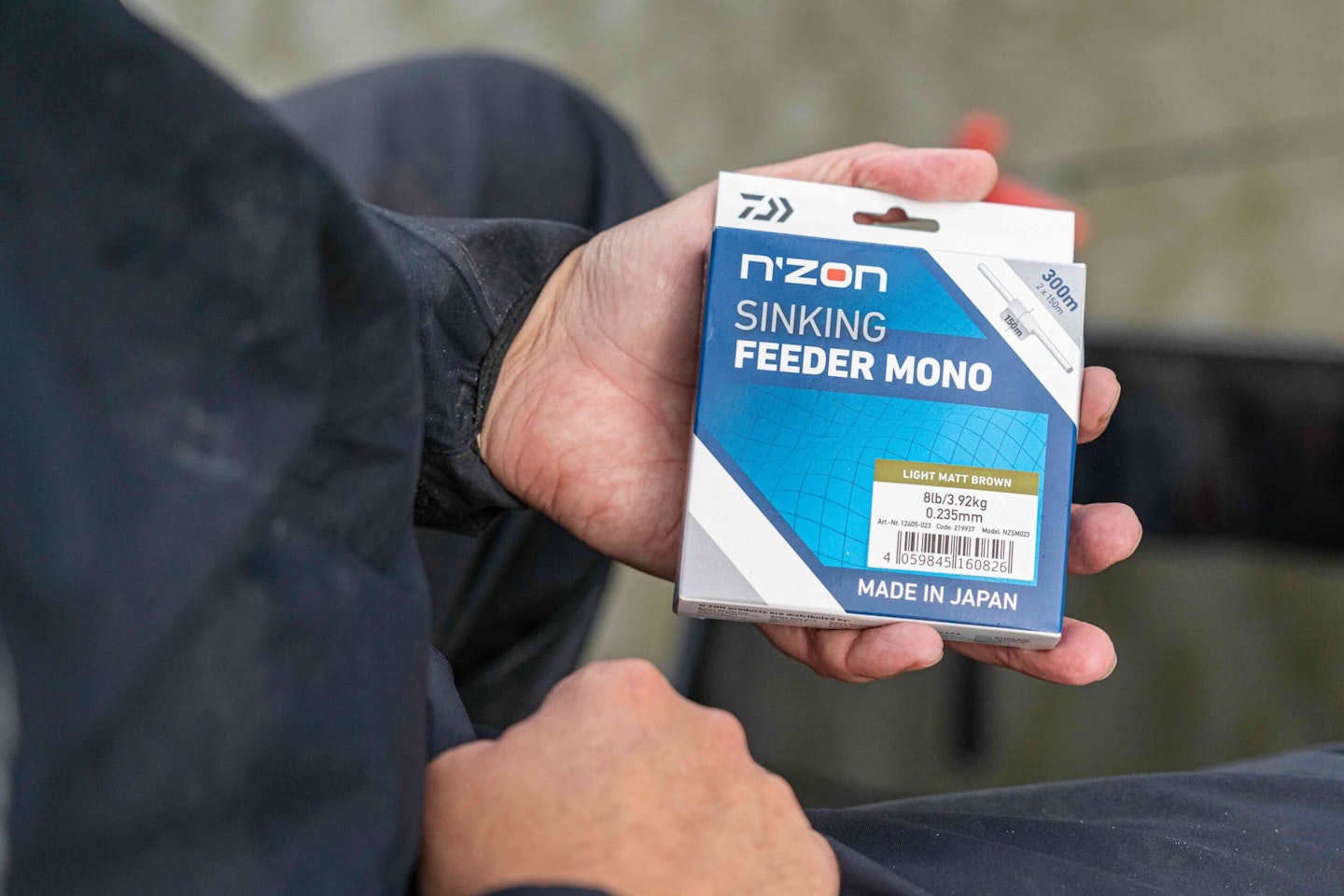The breaking strain of your line is crucial when it comes to your fishing. Too light for the fish you are catching and you face it breaking, too strong and you face putting fish off as they can see it. Deciding on the right line can be confusing, with so many different materials to choose from and various breaking strains and diameters.
Thankfully this simple guide will help you make better choices when it comes to your fishing lines to help you get more bites, and more importantly land more fish!
FEEDER FISHING IS MORE POPULAR THAN EVER NOW, CHECK OUT OUR BUYERS GUIDE TO MAKE SURE YOU ARE USING THE RIGHT LINES.

Modern high-tech lines anglers use tend to have a higher breaking strain with a lower diameter which increases benefits such as usability, presentation and casting properties. This applies to both monofilament and braided fishing lines.
So, to help you understand each line's true strength we have compiled a list showing the most commonly used line diameters and their average relative breaking strains...
Line diameter Average breaking strain (Monofilament)
0.06mm 12oz
0.07mm 1lb 2oz
0.08mm 1lb 12oz
0.09mm 2lb
0.10mm 2lb 6oz
0.11mm 2lb 14oz
0.12mm 3lb 4oz
0.14mm 4lb 12oz
0.16mm 5lb 10oz
0.18mm 6lb 8oz
0.20mm 7lb 12oz
0.22mm 9lb
0.24mm 10lb 4oz
0.26mm 11lb 6oz
For commercial carp fishing we recommend lines between 0.14-0.22mm
For silverfish we recommend lines between 0.10 and 0.14mm
For feeder fishing we recommend a mainline between 0.16 and 0.22mm
For float fishing on a river we recommend a mainline between 0.14 and 0.18mm
MAKE YOUR FISHING EASIER BY USING THE BEST FISHING LINE FOR YOUR CHOSEN DISCIPLINE, OUR BUYERS GUIDE CONTAINS SOME GREAT OPTIONS.

